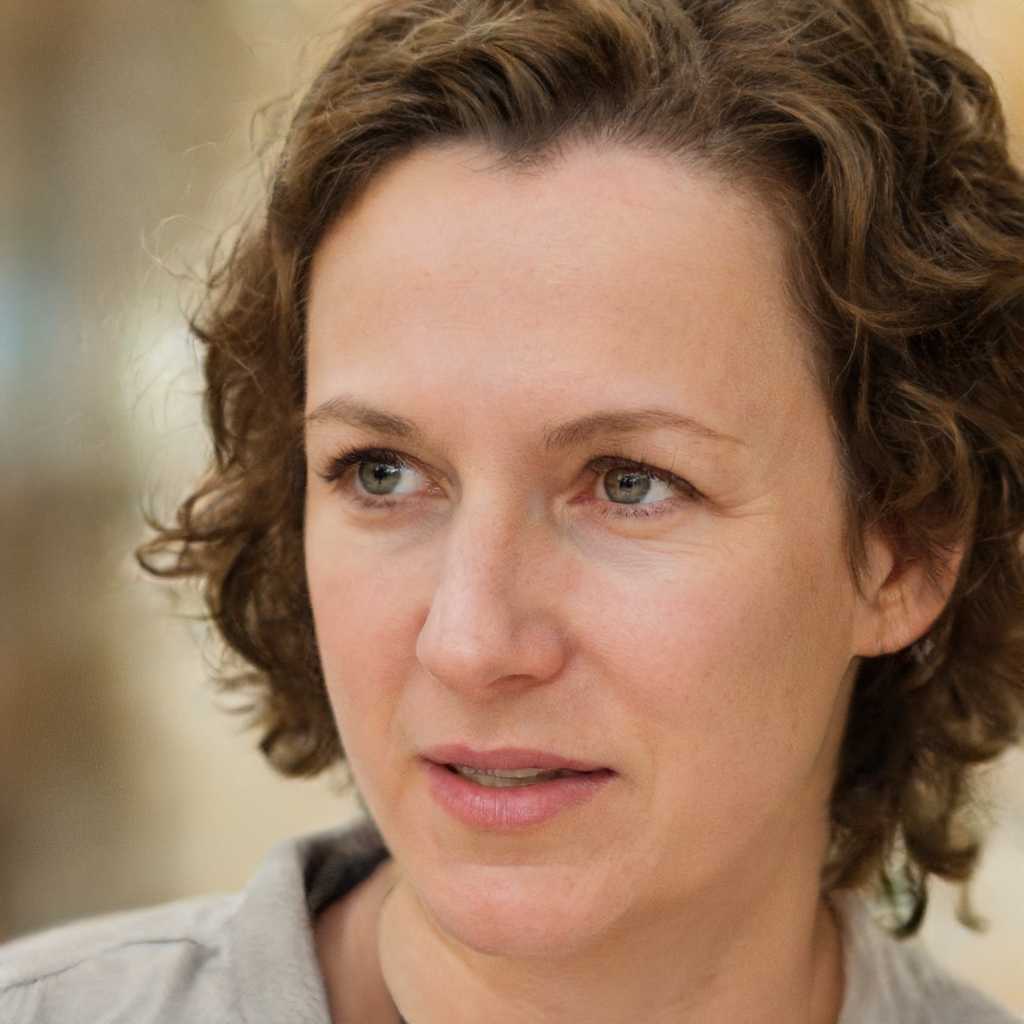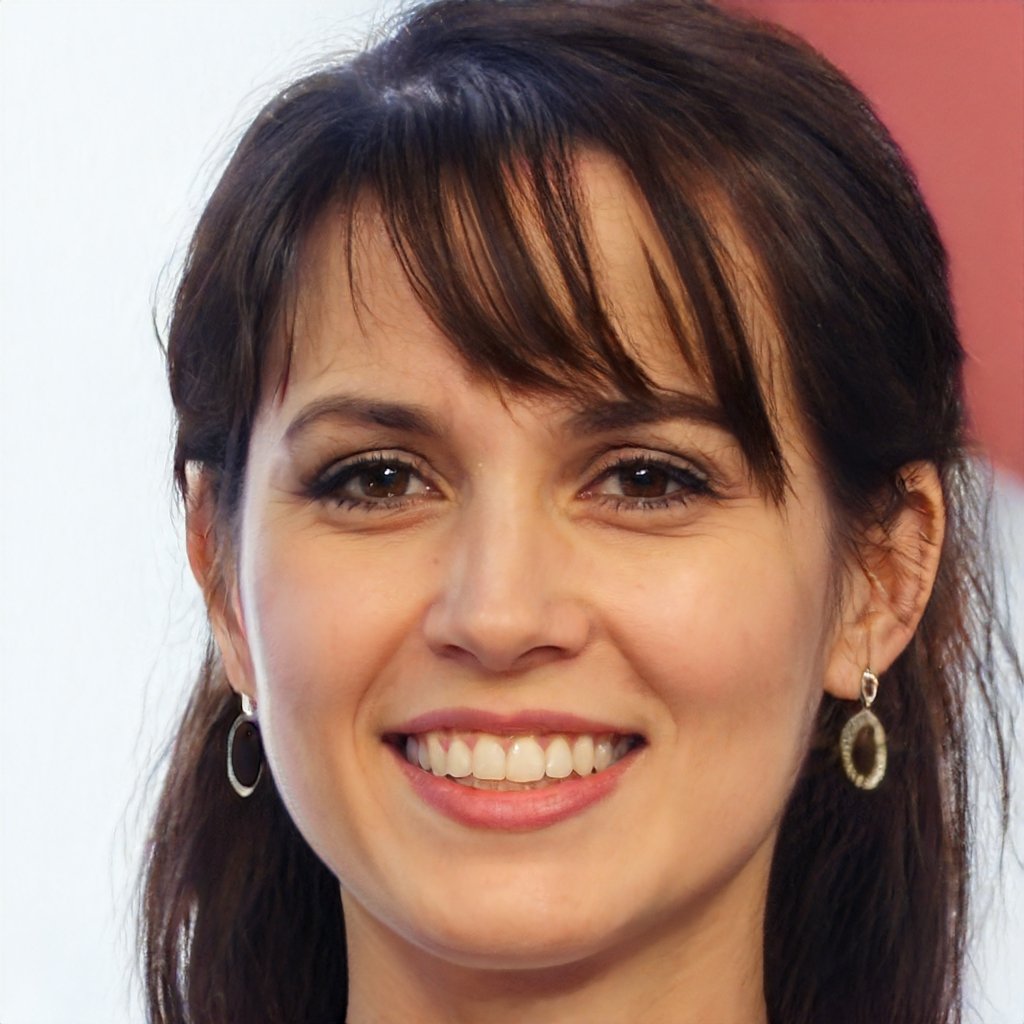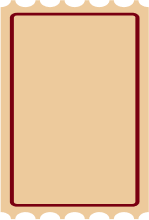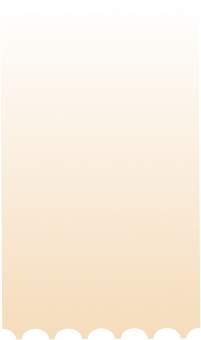4500+ Experts Writer
I decided to work in the online academic writing industry just after completing my Ph.D. in conflict management from The University of Sydney. I started offering assignment help services to the students who find it difficult to work on the topics related to this field. I have successfully delivered orders on the topics, such as conflict prevention, Khun and Poole's model, conflict escalation, positive effects of conflict, etc. Students can seek writing assistance from me for any type of academic document, be it dissertations, coursework, essays, theses, reports and presentations. hire me now to secure top grades!

Ashlee Baker
Orders in Progress - 97
Orders Finished - 1298
After completing my engineering in Petroleum from the University of Newcastle, I started offering academic writing services to the college students and have successfully delivered more than 3500+ projects and documents in the last twelve years. I hold expertise in all the topics that come under the umbrella term of Petroleum Engineering, and some of them are Health Safety Environment Management, Enhanced Oil Recovery, Transportation and Marketing of Petroleum and Petroleum Products, Oil Field Asset management, Production Logging, Developing LNG Production & Handling, Petroleum Production System Design, Pipeline Transportation of Oil & Gas, Coal Bed Methane Technology, Computational Mathematics, Offshore Drilling & Production Operations, Reservoir Modelling & Simulation, etc. Hire me to score brilliant grades in any of your academic paper related to this field.

Malisha Ross
Orders in Progress - 33
Orders Finished - 3543
Writing an assignment on the topic of forensic accounting requires a lot of time for research. However, due to time constraints, students hardly get time to work on their documents. Well, this is where I come in. I have assisted many college-goers till now on numerous topics, such as Financial Statement Fraud Standards, Money Laundering, Tax Fraud, Fraud in E-Commerce, Data-Driven Fraud Detection, Fraud Investigation, and Investigating Theft Acts. If you are not able to write your college papers by yourself, then feel free to contact me. I assure that you won't regret your decision.

Addison Walker
Orders in Progress - 21
Orders Finished - 387
I am a full-time academic writer at Global Assignment Help Australia for the last four years and have completed my studies from the University of Melbourne. I can write extensively on various topics and disciplines related to Mass communication and Journalism. I have completed many orders till now and some of the subject topics were Film, TV and radio, Film history, Journalism, Media aesthetics, Media and culture policy, etc. I can proficiently write in almost every citation and referencing style required by the scholars studying in Australian colleges. Hire me now for your assignment work.

Tyler Smith
Orders in Progress - 457
Orders Finished - 1756
Amazing Features We Offer
24*7 Help Service
100% Satisfaction
No Privacy Infringement
Super-fast Services
Subject Experts
Professional Documents







